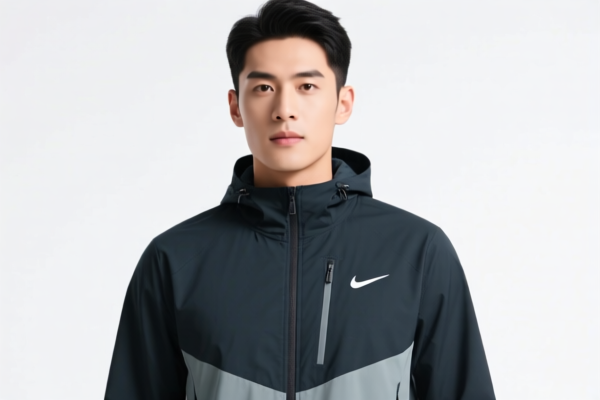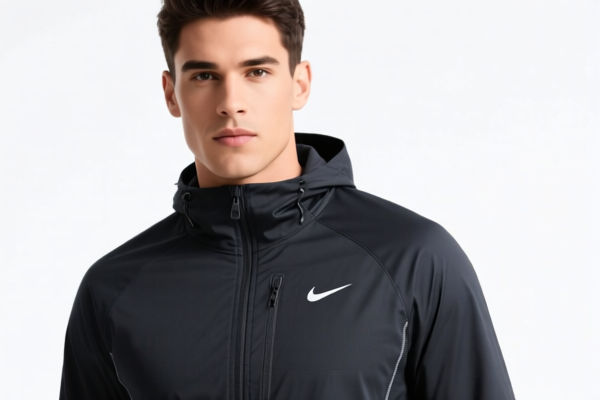| HS Code | Official Doc | Tariff Rate | Origin | Destination | Effective Date |
|---|---|---|---|---|---|
| 6201201110 | Doc | 41¢/kg + 16.3%+37.5% | CN | US | 2025-05-12 |
| 6201201120 | Doc | 41¢/kg + 16.3%+37.5% | CN | US | 2025-05-12 |
| 6202201110 | Doc | 41¢/kg + 16.3%+37.5% | CN | US | 2025-05-12 |
| 6202201120 | Doc | 41¢/kg + 16.3%+37.5% | CN | US | 2025-05-12 |
| 6101200010 | Doc | 53.4% | CN | US | 2025-05-12 |
| 6101200020 | Doc | 53.4% | CN | US | 2025-05-12 |
| 6102100000 | Doc | 55.9¢/kg + 16.4%+37.5% | CN | US | 2025-05-12 |
| 6102901000 | Doc | 38.4% | CN | US | 2025-05-12 |




Cloak Cape
A cloak cape is an outer garment, typically sleeveless, that fastens at the neck and hangs loosely from the shoulders. Historically and culturally significant, it serves both practical and aesthetic purposes.
Material
Cloak capes have been constructed from a wide range of materials throughout history, dictated by climate, status, and available resources:
- Wool: A common and durable choice, providing warmth and protection from the elements. Often used in heavier, more practical capes.
- Cashmere/Fleece: Used for softer, more luxurious capes, offering warmth without excessive weight.
- Silk: Historically associated with nobility and wealth, used for ceremonial or decorative capes. Lightweight and visually striking.
- Cotton: A more affordable option, suitable for lighter climates or as a fashion statement.
- Synthetic Fabrics (Polyester, Acrylic): Modern capes frequently utilize synthetic materials for affordability, durability, and weather resistance.
- Leather: Used for rugged, protective capes, often associated with specific historical or fantasy aesthetics.
- Velvet: Used for formal capes, providing a rich texture and appearance.
Purpose and Function
The primary functions of a cloak cape have evolved over time:
- Protection from the Elements: Historically, capes provided shelter from rain, wind, and cold.
- Warmth: A substantial layer of fabric offers insulation.
- Fashion and Status: Capes have consistently been used as a means of expressing social status, wealth, and personal style.
- Ceremonial/Ritualistic Use: Capes are frequently incorporated into religious ceremonies, academic regalia, and theatrical costumes.
- Concealment/Disguise: Capes can be used to obscure identity or conceal objects.
- Decoration: Elaborate embroidery, fur trim, or other embellishments can serve a purely decorative purpose.
Usage Scenarios
- Historical Clothing: Integral to outfits across numerous cultures and periods (Roman toga, medieval cloaks, Victorian capes).
- Formal Wear: Used as part of evening wear, academic gowns, or religious attire.
- Costumes: Frequently used in theatrical productions, cosplay, and Halloween costumes.
- Outdoor Activities: Modern, waterproof capes can be used for hiking, camping, or other outdoor pursuits.
- Fashion Statement: Contemporary capes are worn as stylistic outerwear or accessories.
Common Types
- Full-Length Cape: Extends to the ankles or floor. Often associated with dramatic or formal aesthetics.
- Three-Quarter Length Cape: Reaches mid-calf. A versatile length suitable for various occasions.
- Short Cape (Capelet): Covers the shoulders and upper back. Often used as a decorative accessory.
- Hooded Cape: Features an attached hood, providing additional protection and a distinctive look.
- Travelling Cloak: Typically made of durable, weatherproof material, designed for extended outdoor use.
- Academic Cape (Graduation Gown): A specific style of cape worn by graduates, often featuring velvet panels and colored linings.
- Opera Cape: A luxurious, full-length cape worn to the opera or other formal events.
- Invisibility Cloak: (Fictional) A magical cape that renders the wearer invisible, popularized in literature (e.g., Harry Potter series).
Cloak and cape fall under the category of overcoats, carcoats, capes, cloaks, anoraks (including ski jackets), windbreakers and similar articles. The following HS codes are relevant based on the provided information:
-
6201201110: Men's or boys' overcoats, carcoats, capes, cloaks, and similar coats, of wool or fine animal hair. This code specifically covers men's items.
- 62: Chapter 62 – Articles of apparel and clothing accessories, not knitted or crocheted.
- 01: Heading 01 – Men's or boys' overcoats, carcoats, capes, cloaks, anoraks, suits, ensembles, jackets, blazers, dresses, skirts, trousers, bib and brace overalls, breeches and shorts and similar articles.
- 20: Subheading 20 – Of wool or fine animal hair.
- 1110: Further specifies men's overcoats, carcoats, capes, cloaks, and similar coats.
-
6201201120: Boys' overcoats, carcoats, capes, cloaks, and similar coats, of wool or fine animal hair. This code specifically covers boys' items.
- 62: Chapter 62 – Articles of apparel and clothing accessories, not knitted or crocheted.
- 01: Heading 01 – Men's or boys' overcoats, carcoats, capes, cloaks, anoraks, suits, ensembles, jackets, blazers, dresses, skirts, trousers, bib and brace overalls, breeches and shorts and similar articles.
- 20: Subheading 20 – Of wool or fine animal hair.
- 1120: Further specifies boys' overcoats, carcoats, capes, cloaks, and similar coats.
-
6202201110: Women's or girls' overcoats, carcoats, capes, cloaks, and similar coats, of wool or fine animal hair. This code specifically covers women's items.
- 62: Chapter 62 – Articles of apparel and clothing accessories, not knitted or crocheted.
- 02: Heading 02 – Women's or girls' overcoats, carcoats, capes, cloaks, anoraks, suits, ensembles, jackets, blazers, dresses, skirts, trousers, bib and brace overalls, breeches and shorts and similar articles.
- 20: Subheading 20 – Of wool or fine animal hair.
- 1110: Further specifies women's overcoats, carcoats, capes, cloaks, and similar coats.
-
6202201120: Women's or girls' overcoats, carcoats, capes, cloaks, and similar coats, of wool or fine animal hair. This code specifically covers girls' items.
- 62: Chapter 62 – Articles of apparel and clothing accessories, not knitted or crocheted.
- 02: Heading 02 – Women's or girls' overcoats, carcoats, capes, cloaks, anoraks, suits, ensembles, jackets, blazers, dresses, skirts, trousers, bib and brace overalls, breeches and shorts and similar articles.
- 20: Subheading 20 – Of wool or fine animal hair.
- 1120: Further specifies girls' overcoats, carcoats, capes, cloaks, and similar coats.
Tax Rate Information:
For HS codes 6201201110, 6201201120, 6202201110, and 6202201120, the following tax rates apply:
- Basic tariff: 41¢/kg + 16.3%
- Additional tariff: 7.5%
- Additional tariff after April 2, 2025: 30.0%
- Total tariff: 41¢/kg + 16.3% + 37.5%
Important Note: The provided reference material indicates that these items are categorized as "not knitted or crocheted." If the cloak or cape is knitted or crocheted, different HS codes would apply (see 6101 and 6102 codes).
Customer Reviews
No reviews yet.